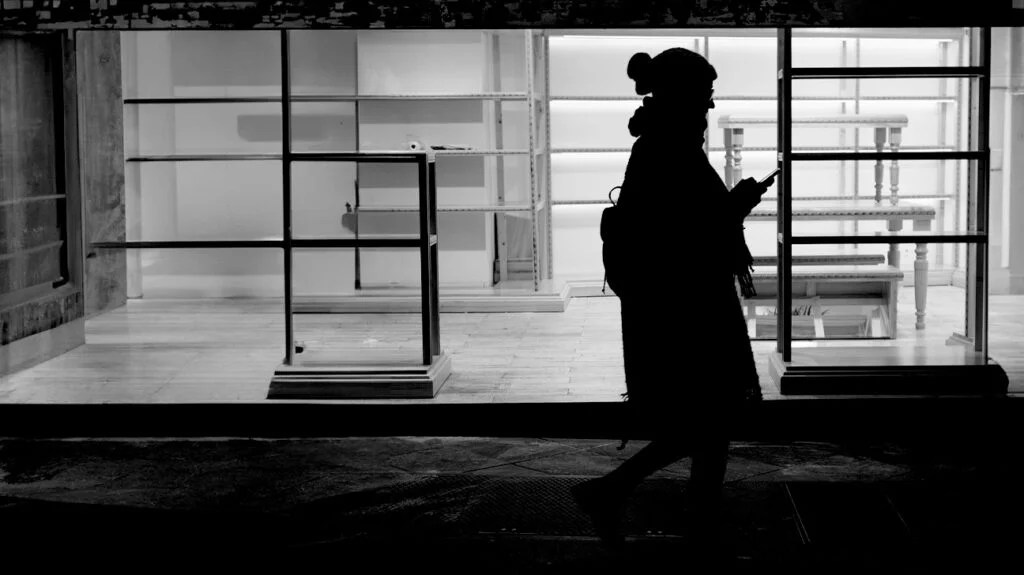
- Night owls are 54% more likely to develop unhealthy lifestyle habits, according to a new study.
- As a result, the study found that they are also 19% more likely to develop diabetes.
- One may become an “evening chronotype” due to genetics or as a response to lifestyle choices or working conditions.
- By re-training the body, one may change from a night owl to an early riser.
Being a “night owl” is associated with a greater incidence of type 2 diabetes, according to a new study from Brigham and Women’s Hospital in Massachusetts.
The study found that people who go to bed late and get up late are 19% more likely to develop type 2 diabetes than early birds after considering all sociodemographic and lifestyle factors.
The research focuses on chronotypes—the time of day one gravitates toward. So-called “morning people” have a morning chronotype, while people who prefer the evening and night hours have an “evening” chronotype.
The study involved 63,676 nurses from the ages of 45 to 62. Each participant filled out a questionnaire every two years from 2009 until 2017. None had a history of cancer, cardiovascular disease, or diabetes at the study’s outset.
Of the participants, 11% described themselves as having a “definite evening” chronotype, while 35% said they had a “definite morning” chronotype.
The researchers also considered an intermediate chronotype for people not strongly associating with the other chronotypes.
Evening chronotype people were 54% more likely to have unhealthy lifestyle habits, including smoking, inadequate sleep duration, higher weight and BMI, lack of physical activity, and poorer-quality diet.
Before factoring for socioeconomic factors, shift work, family history of diabetes, and several of these lifestyle habits — especially high BMI and low physical activity levels — the risk of diabetes for people with an evening chronotype was much higher at 72%. This suggests that these factors, as opposed to an evening chronotype itself, may have much to do with the higher incidence of diabetes.
The study and an accompanying editorial are published in the Annals of Internal Medicine.
Dr. Kehuan Lin, who wrote the editorial accompanying the study, asked rhetorically: “Is chronotype a causal risk factor, or does it simply reflect the clustering of lifestyle and other factors?”
“For example, students experiencing heavy workloads might report an evening chronotype because they tend to work and are more alert at night.
Simultaneously, they might also experience increased stress and feelings of being semi-depressed, have trouble sleeping, and adopt a bad lifestyle.”
– Dr. Lin
Dr. Lin added that if the student’s circumstances change, they may shift to a morning chronotype later.
“It is possible that life course circumstances or types of work serve as a common cause for both chronotype and lifestyle,” said Dr. Lin.
One’s chronotype is also likely to be individualized, said Dr. Steven Malin, associate professor of metabolism and endocrinology at Rutgers University.
“I think most would say It’s generally more a range from a practical perspective, e.g., could be morning hours, mid-morning to early afternoon, late afternoon to early evening,” said Dr. Malin.
He suggested that it could “relate to some extent on matching up the internal clock of the body with the clock society functions off of each day.“
This, he said, is referred to as circadian entrainment.
Dr. Malin added that morning chronotypes “are generally better at activities about five hours from waking, compared with evening chronotypes [who] might need closer to 10–12 hours.”
“It’s not really known why evening chronotypes prefer some of these behaviors,” explained Dr. Malin.
“As individuals engage in waking up later, moving later, and/or eating foods later, their body gets entrained to this. The mismatch of behavior with circadian biology predisposes one towards greater storage of these nutrients, which may increase obesity risk.”
– Dr. Malin
In his
Dr. Malin linked eating later in the day to an interruption in sleep “such that it becomes a vicious cycle of poor sleep and behaviors promoting disease.”
Some, he noted, refer to the disconnect between the body’s need for, or want of, sleep with one’s actual wakeup time as “social jet lag.”
The result is a stress response called the “hypothalamic-pituitary-adrenal axis that promotes neurologic activity favoring wanting.” The later-in-the-day desire for certain foods or substances, such as sweet/fatty foods or cigarettes, “align with the neural circuitry and supports the behavior and feels good.”
“What the authors may have measured,” said Dr. Lin, “might in fact be the effect of lifestyle and other factors related to lifestyle, such as psychological factors and type of work (e.g., outpatient, inpatient, or ICU nurses), rather than the direct effect of chronotype on diabetes.”
Dr. Malin considers chronotype genetically based, though Dr. Lin envisioned future research that might investigate the differences between those who are naturally night owls and those who become one for other reasons.
Dr. Malin suggested that to shift one’s chronotype, consider stimuli that might put one’s body on a healthier schedule. Light, he pointed out, “is a main driver of central nervous system regulation of the body, and behaviors such as feeding and exercise impact our peripheral clocks (e.g., muscle, liver, intestines, heart, etc.). “
Dr. Malin proposed re-training our bodies with such cues in mind.
An evening chronotype trying to become a morning person might consider waking up 15–30 minutes earlier when it is still daylight, eating breakfast, and moving a bit more in the morning. They might try avoiding food and physical activity at night, lower bright lights earlier, and try to get to bed 15–30 minutes earlier.
